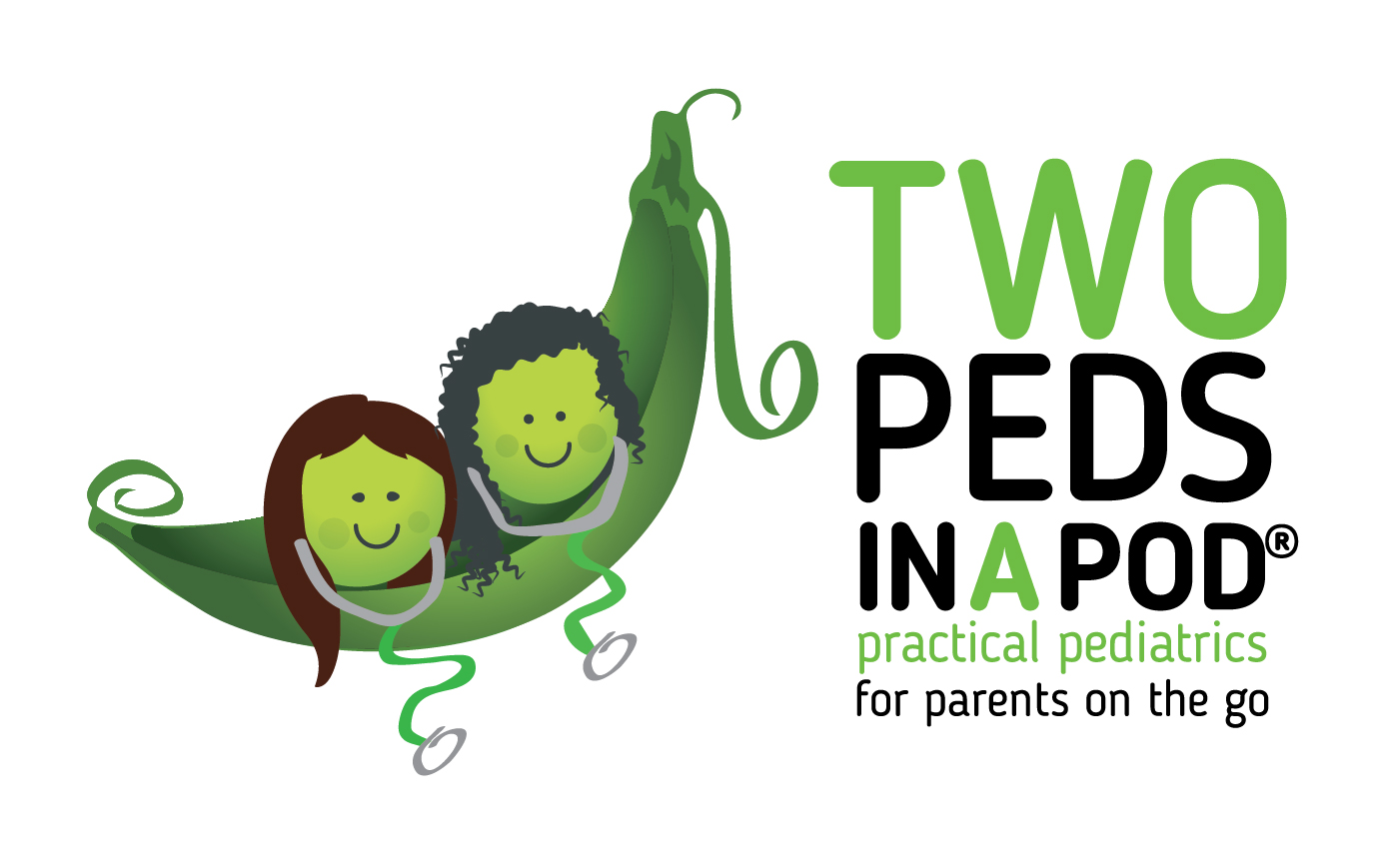
We’re going to the beach- can my baby go swimming? How about a pool?
- Most pools, oceans, and lakes are much colder than bath water. Babies feel colder more quickly than adults. Remember your own parent telling you to come out of a pool because your lips were blue? Limit a baby’s exposure to cold water accordingly.
- Chlorine will not hurt babies, but it can dry out skin. Apply moisturizer after swimming if your child’s skin gets dry. Kids with eczema can be particularly sensitive to chlorinated water.
- Salt water is safe for babies and kids to swim in.
- Young kids try to drink the water they swim in. Don’t let them. It’s not just your nephew who pees through his swim diaper that you need to worry about. Unfortunately chlorine and salt fail to kill all viruses, bacteria, and parasites that might lurk in swimming water.
- If your child swims outside, remember that sunburns occur more easily because sunlight reflects off the water. Apply sunscreen liberally before and after swimming. Better yet, try to keep that baby hat on and have your child wear a sun protective shirt.
When should I start swim lessons for my child?
Start swim lessons as early as toddlerhood — it is a great life skill. However, swim lessons will not make your child “drown proof.” You can find more data in this drowning prevention article from The American Academy of Pediatrics. Unfortunately, even under adult supervision, drownings occur. When an adult’s attention is briefly diverted to answer the phone, their meal, etc, a drowning can take place. The bottom line:
- Always stay arm’s length of babies and toddlers in the water. Also stay at arm’s length of your older children who have not yet learned to swim.
- Even if your child can swim well, never let your child or teen swim alone or without a life guard.
A note about Baby Swim Lessons:
- Babies can take “swim lessons,” meaning “spend quality time with a parent in the pool.” Despite the claims of some swim instructors, no studies have shown that infant swim lessons make infants “drown proof.”
Any other water safety tips?
A few years ago, Dr. Lai’s toddler-aged neighbor waddled over to the ice bucket at a Fourth of July party. Toddlers have big pumpkin shaped heads and before Dr. Lai could blink an eye, her neighbor tumbled into the water head first. Luckily Dr. Lai’s husband was standing next to the bucket and pulled the toddler out.
- As this case shows, you can’t let your guard down, even if no pool or large body of water is in sight.
- Small blow-up backyard pools are the same as bath tubs in terms of drowning risk, so never leave kids unattended around these pools. Stay at arm’s length of your babies and toddlers when they play in these pools.
- Additionally, never leave kids unattended, even briefly, in the bathtub.
Ideas on how to play with water?
- Water tables (which can double as sand tables in the spring, leaf tables in the fall and indoor snow tables in the winter) allow young toddlers to stand and play with toys in very shallow water.
- Fill a bunch of different sized stacking cups with water for kids to pour, dump, or perhaps to mix with rocks, dirt, or leaves.
- Simple squirt bottles are great fun. When Dr. Kardos’s twins were little they spent large amounts of time “watering” every plant, bush, flower, and blade of grass in the yard.
- Fill small cupcake tins with water and supply your kids with water-color paint to decorate the sidewalk or walkway of your house. Kids become entranced by the colors created as they rinse off the brushes. Warning— make sure the paint is water soluble. Dr. Lai still has the name of one of her children in fluorescent orange written on her driveway.
- Wet down your walkway and blow bubbles onto the cement – they will cling onto the walkway for a long period of time.
Grab a towel and enjoy the summer with your children.
Julie Kardos, MD and Naline Lai, MD
©2014 Two Peds in a Pod®
originally published June 2013, updated May 2019



